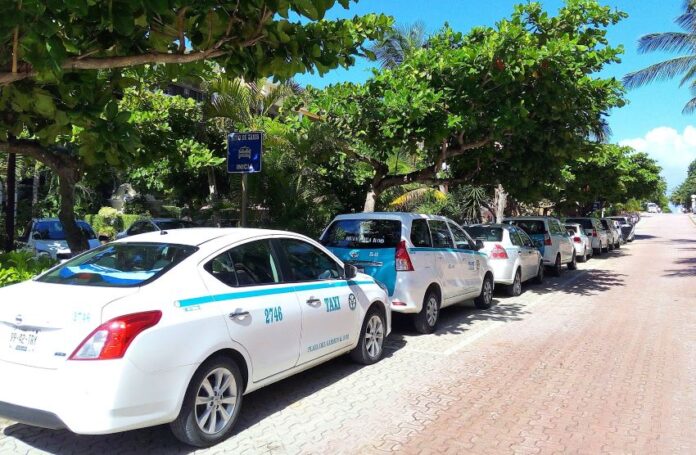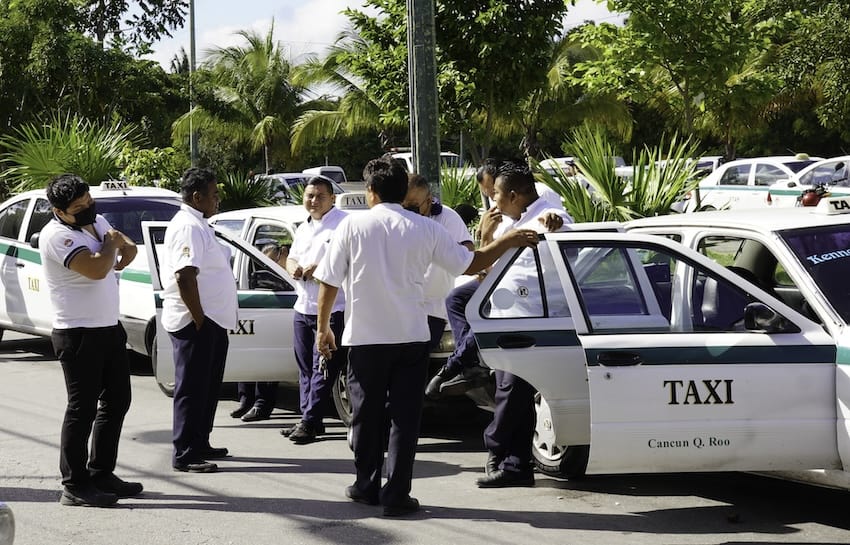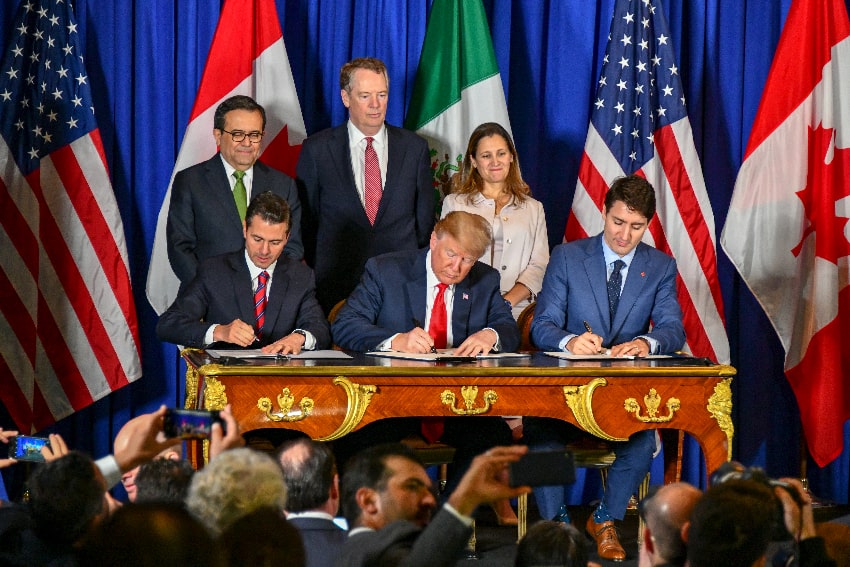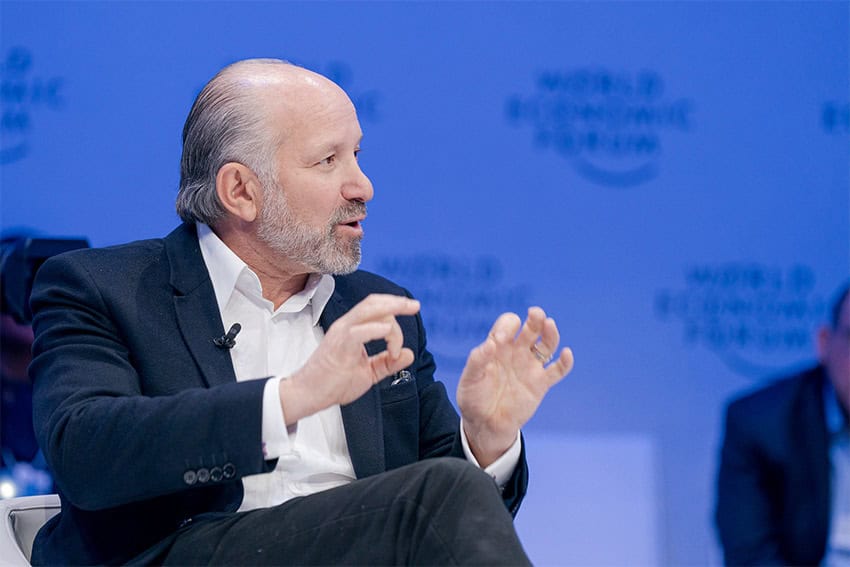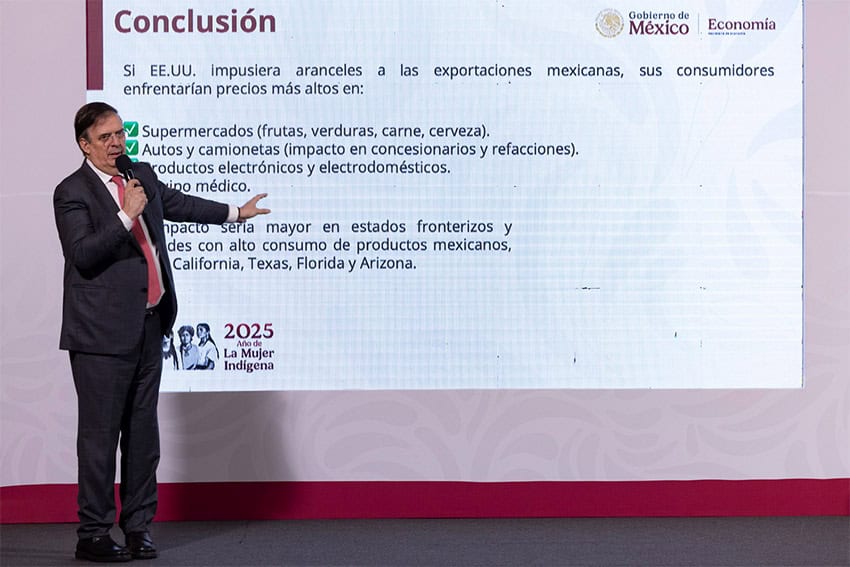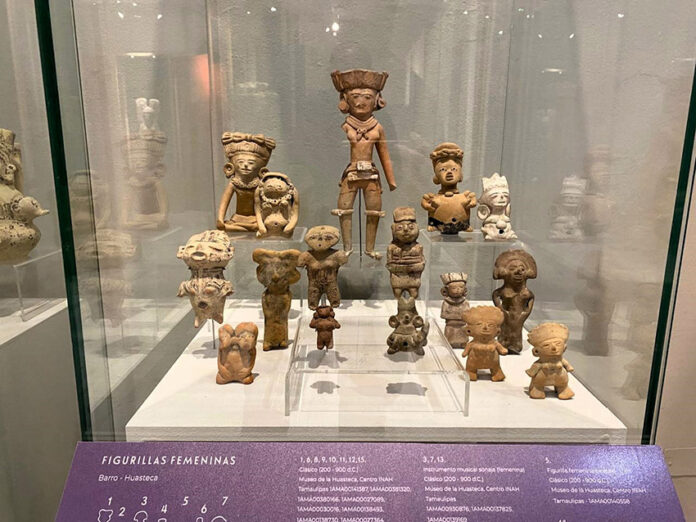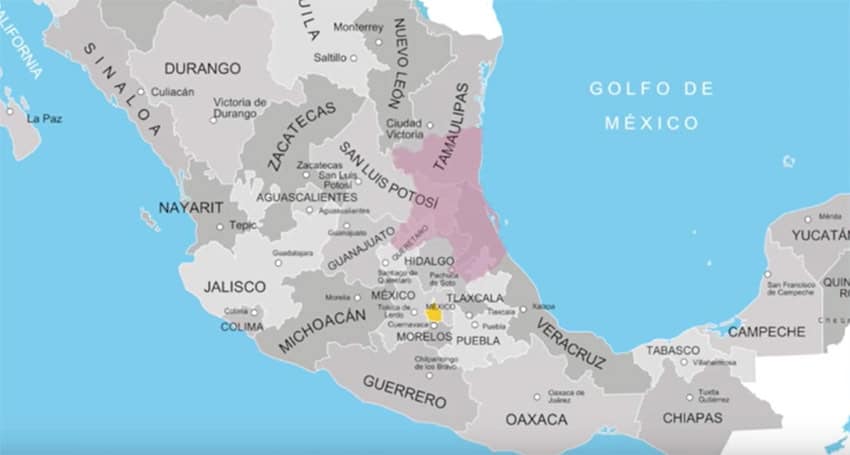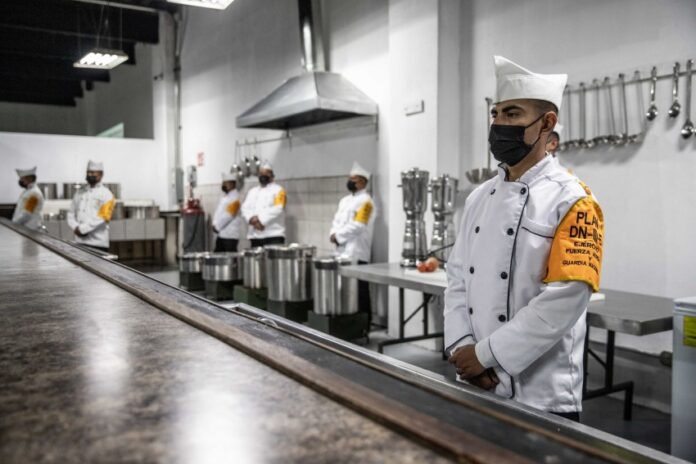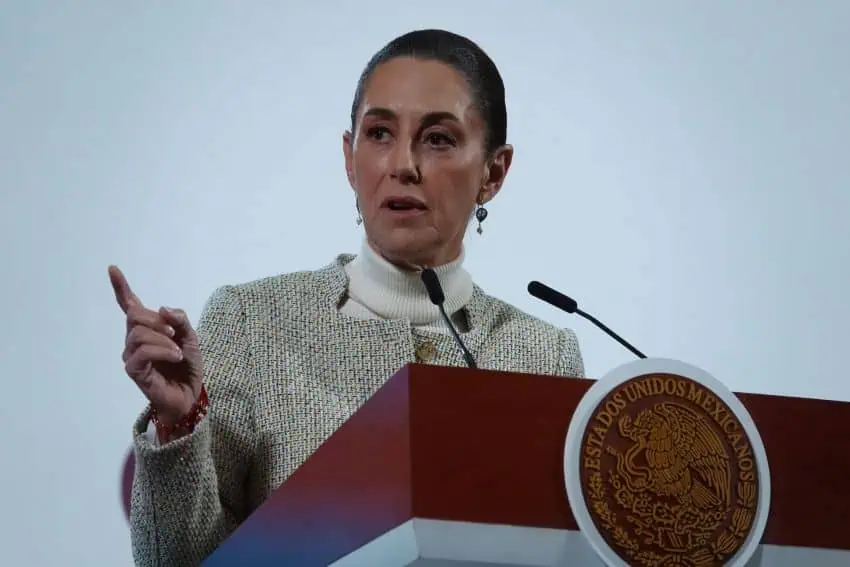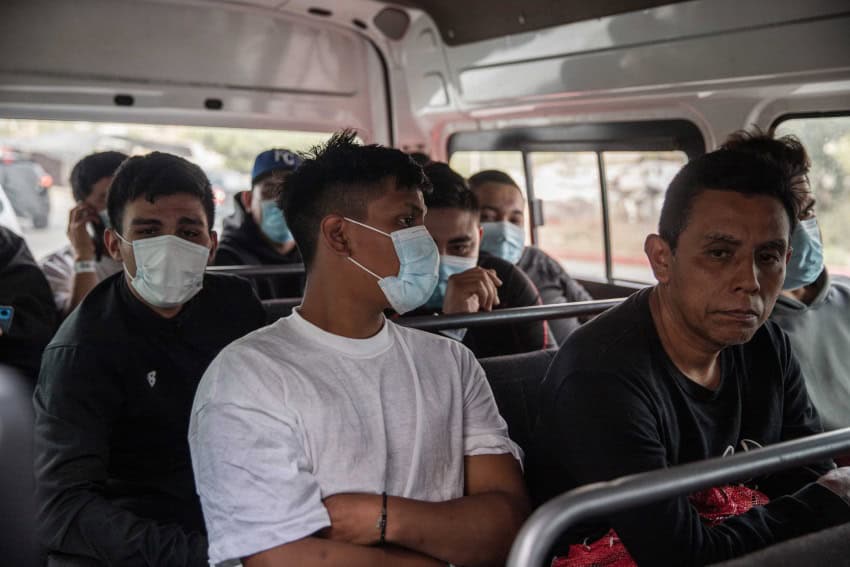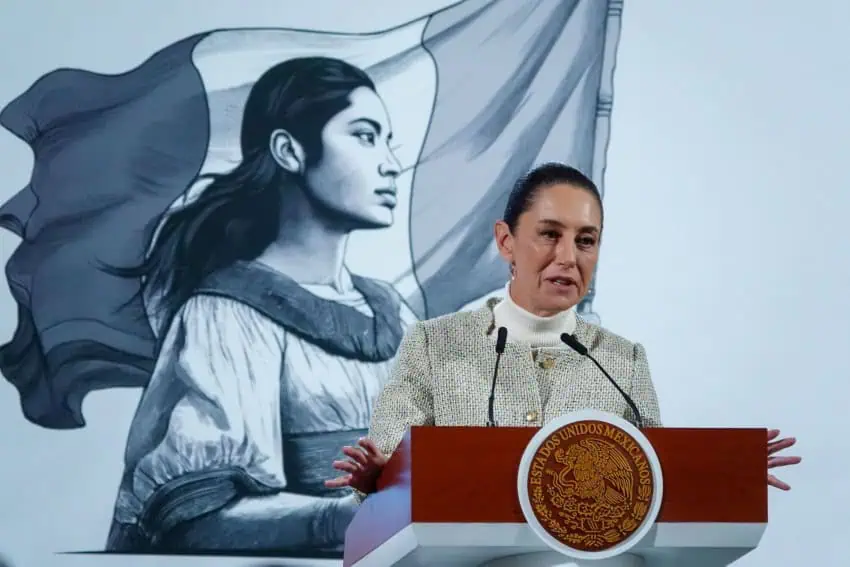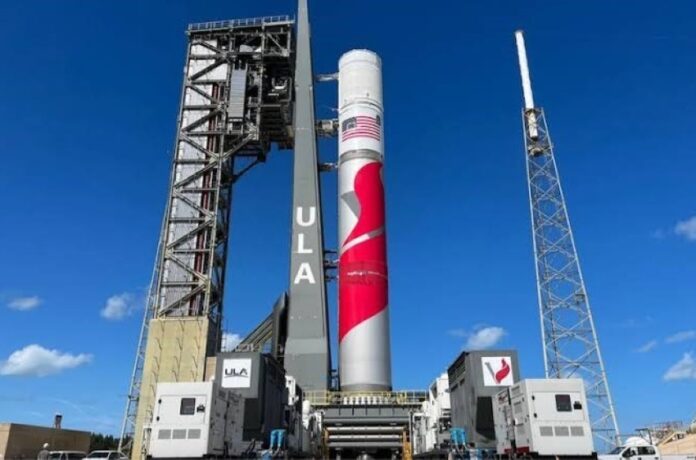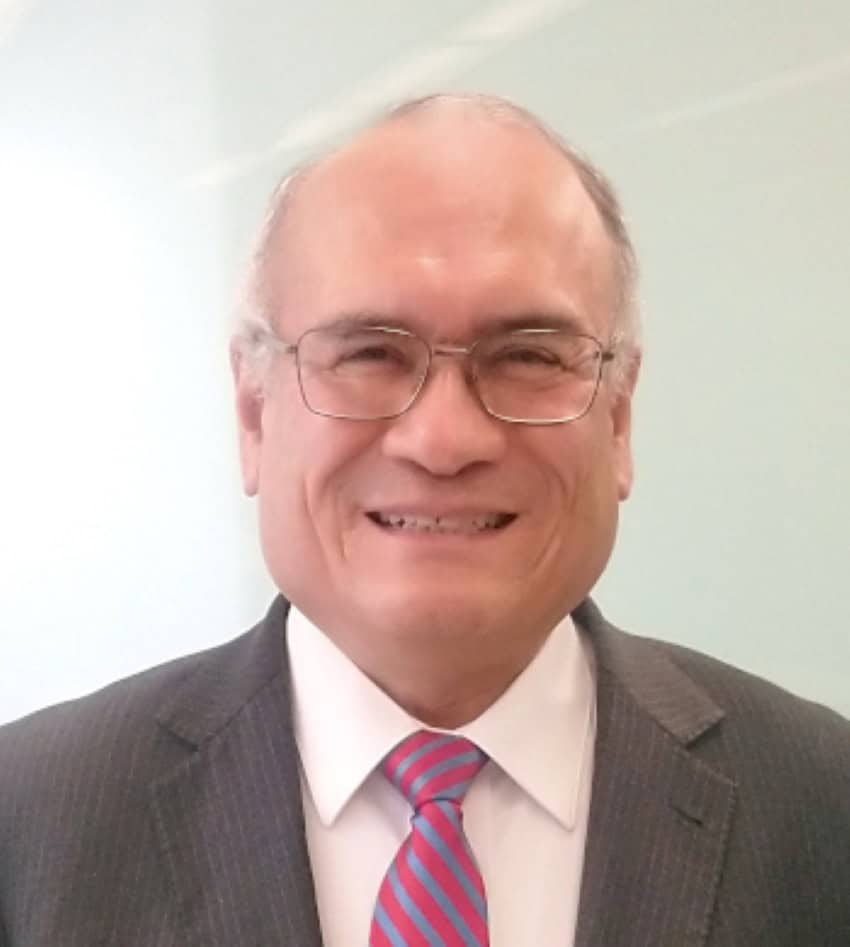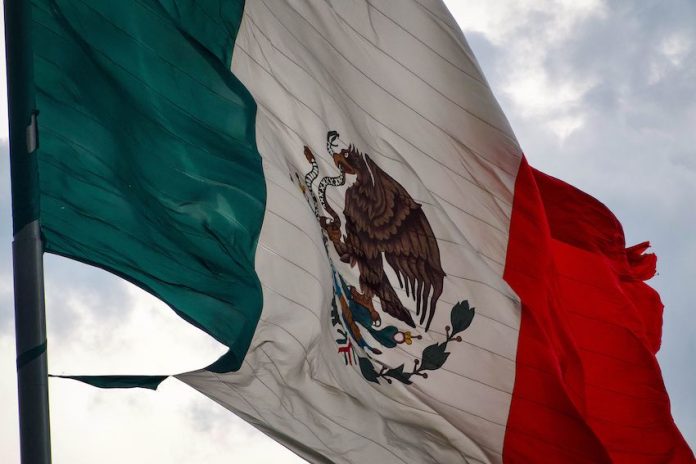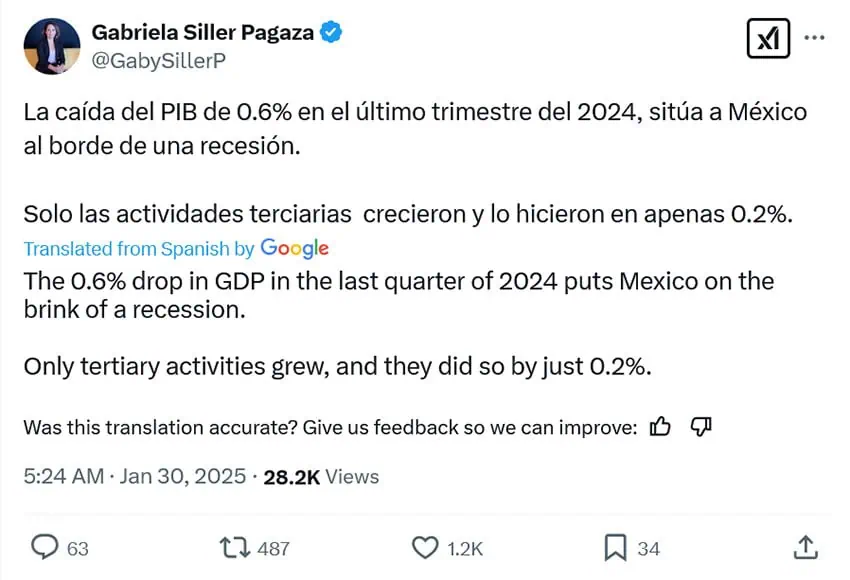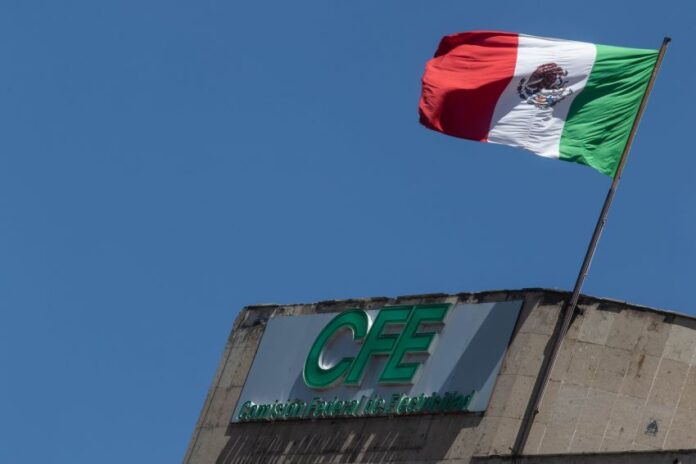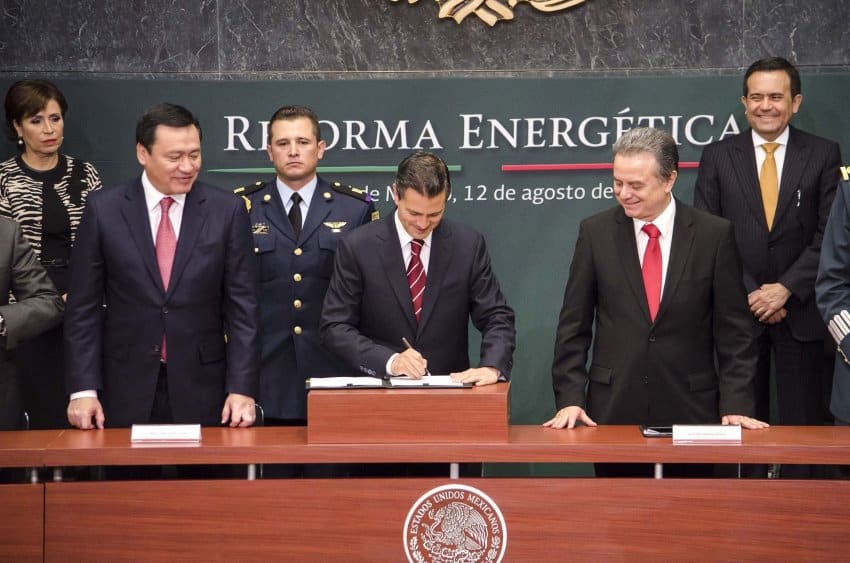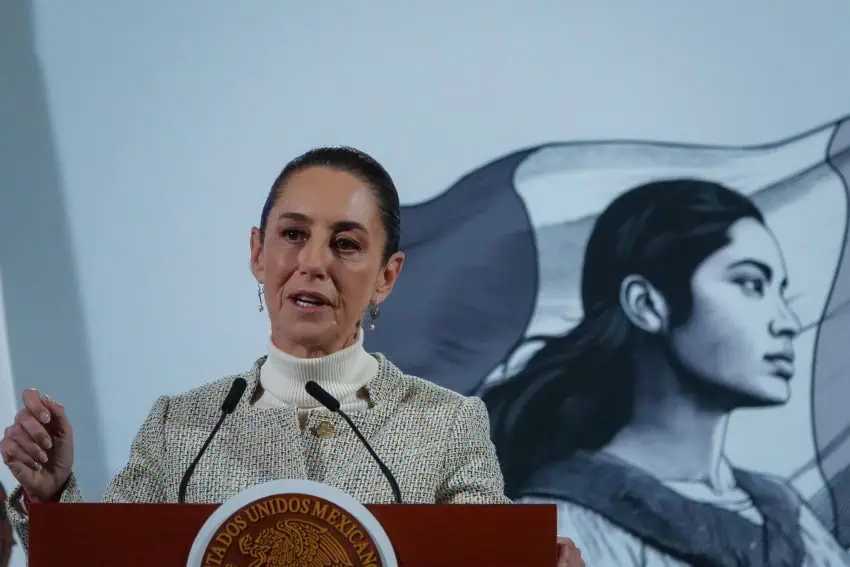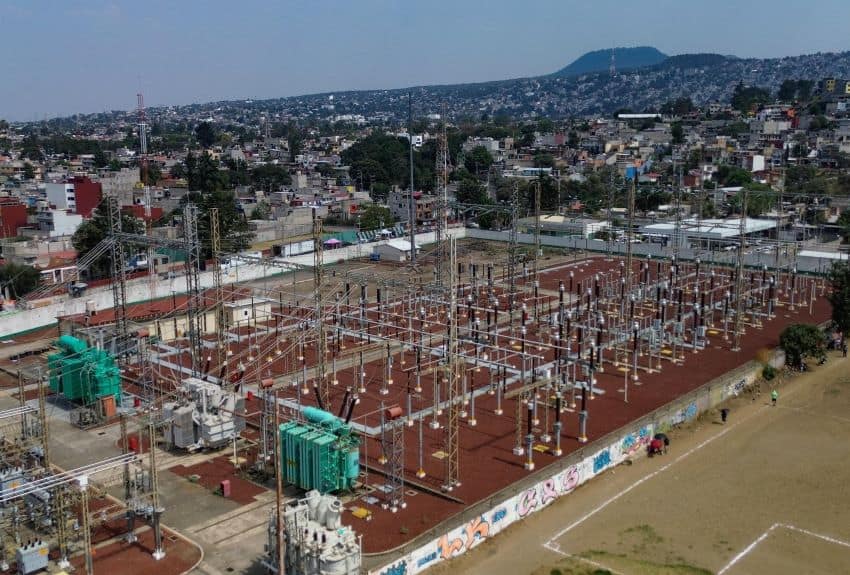It’s Carnaval! Glitz and glamour are the highlight of February throughout the Riviera Maya region this month. Don’t be surprised if you find feathers and sequins in the streets as the festivities begin on Feb. 1, building up to the big parades beginning at the end of the month and early March. Cozumel has the region’s oldest Carnaval tradition, at over 150 years, but you’ll find festivities and dancing in the streets in Mérida, Cancún and Playa del Carmen as well.
Also this February you’ll find fantastic fun activities like singles nights, axe throwing, big gamefish fishing tournaments, comedy nights and more.
Cozumel’s Great Carnival Ball

Kicking off the 2025 Carnival fun is the Great Carnaval Ball. Announcing the candidates for King and Queen of Carnival 2025 and the farewell of last year’s Carnival monarchs. Six days of music, dance and creative competition at the end of the month are led up to by weeks of preparations, starting with candidate nominations on Feb. 1 and 2. Although the King and Queen are chosen earlier, throughout the rest of the month and Diversity and Youth monarch titles are up for grabs.
Official dates for Carnival are Feb. 26 to March 5, with the long-awaited float rides on the boardwalk on March 1, 2 and 4. Until then, each week there is a fun free event to see.
Date: Events run throughout February
Location: Quintana Roo Park, Cozumel
Cost: Free
Ladies’ night for axe throwing in Cozumel

With Splinters Axe House, Cozumel officially has its first axe-throwing venue. To welcome the ladies they’re starting Ladies Night with a free cocktail and first half hour of axe throwing for free each Wednesday. If you’ve never tried, it’s easier than you think and quite therapeutic.
Date: Feb. 5
Location: Splinters Axe House, Calle 5 bt/w Av. Rafael Melgar and 5 Av. Sur, Cozumel Centro
Cost: Free drink, free first half hour, 400 pesos afterwards
‘90s and 2000s singles night in Puerto Morelos

Bust a move and go crazy on the dance floor at this singles’ night event. Sip welcome cocktails or mocktails, dance to rad music of the 1990s and 2000s and don’t forget to dress to impress: you might win Best Dressed. There are raffle prizes, good grub, beverages and a chance to show off your best dance moves.
Date: Feb. 8
Location: Taberna Bar & Restaurant, Puerto Morelos
Cost: Presale available, 600 pesos at the door
Super Bowl watch party in Playa del Carmen

All-you-can-eat food stations with the best Super Bowl grub like hamburgers, hot dogs, wings and barbecue ribs. Add a premium open bar and you have the way to watch the Super Bowl on a giant screen in style. Guest DJs will provide musical entertainment.
Date: Feb. 9 at 5 p.m.
Location: The Fives Rooftop, 10 Avenida Nte., Centro, Playa del Carmen
Cost: 1,200 pesos
Island Time Fishing Tournament on Isla Mujeres

Every die-hard fisherman’s dream. Not just a fishing tournament, Island Time bills itself as “a catch-and-release sailfish showdown that boasts some of the most coveted trophies around.” The rich waters surrounding Isla Mujeres hold a wealth of game fish that has skippers setting their compasses and sails for the three-day competition. Coinciding with the Island Time Music Festival, each entrant lands four VIP passes to enjoy days on the water. Proceeds from registration fees go towards helping the special needs children of Little Yellow School House.
Date: Feb. 12-15
Location: Isla Mujeres. Captains meet at Blue Ballyhoo.
Cost: US $1,500 per boat
Valentine’s Day sunset sail

The perfect way to spend Valentine’s Day, Cancún Sunset Cruise always fills up fast for Feb. 14. With Sailing options around Cancún and the Riviera Maya, cruise the stunning crystal clear waters while enjoying a fully stocked open bar and a variety of gourmet appetizers. A relaxing deckside ambiance adds to the romance of a Caribbean sunset. Score a 30% discount booking seven days in advance.
Date: Feb. 14
Location: Cancún and the Riviera Maya, round trip transport from most hotels
Cost: US $109, or $76.30 if booked a week in advance
Ajeet in Tulum
World music artist Ajeet weaves inspiration from traditional folk to produce mystical and meditative soundscapes. Many experience Ajeet’s music as healing, a place of deep connection. This night is set to be the night of the season, if not the year.
Date: Feb. 14, 6 to 9 p.m.
Location: IKAL ARENA Hotel, Tulum
Cost: 777 pesos
MEL Artist Studio Tour in Mérida
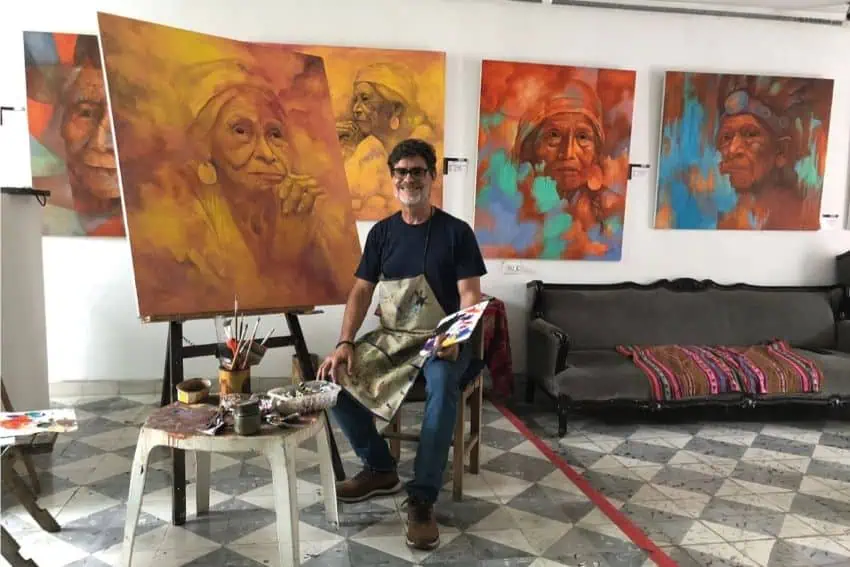
Enjoy a leisurely tour of the studios of Mérida’s best artists through the Mérida English Library. Shining a spotlight on local, national and international artists who live in and call Mérida home. So popular, it’s in its 12th year and for three days only, these artists throw open their doors for you to visit their studios. A sneak peek into the hidden world otherwise only seen in galleries and museums around the globe.
Date: Feb. 14, 15 and 16
Location: Various locations in Mérida
Cost: Tickets go on sale Feb. 1 at the Mérida English Library online shop
ZoukMX 2025

Mixing the ultimate beach vacation and dance party rolled into one, ZoukMX is so popular they’re in their tenth year. Grab your partner and sway those hips with the Lambadas’ evolution into Zouk dancing. If you don’t know how, don’t worry: you’ll learn over the seven days of this event’s run. With training and socials events, there’s cenote parties, jungles parties, rooftop dances and top DJs from around the world.
Date: Feb.18 at 7 a.m. to Feb. 24 at 11 p.m.
Location: Quinta Avenida, Playa del Carmen
Cost: Tickets range from US $94.08 with an early bird discount – up to $311 US.
“Garage Comedy: The Sequel” in Cozumel

A night of laughter and side-splitting fun, starting with headliner Cedric Newman, of “Traitors” and “Amazing Race Canada” fame. Last year’s event was so much fun they’re doing it again. Book your table ahead to enjoy a meal with your giggle fits, or take your chances at the door. It’s first come, first served.
Date: Feb. 21 at 6:30 p.m.
Location: Buzos, Calle 26 Norte, Gonzalo Guerrero, Playa del Carmen
Cost: 200 pesos
Bel Woodhouse, Mexico Correspondent for International Living, is an experienced writer, author, photographer and videographer with more than 500 articles published both in print and across digital platforms. Having lived in the Mexican Caribbean for over seven years now, she’s in love with Mexico and has no plans to go anywhere anytime soon.

